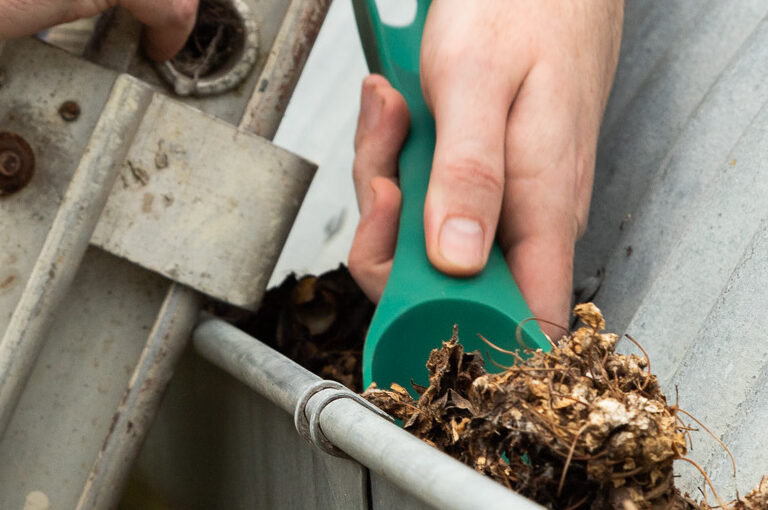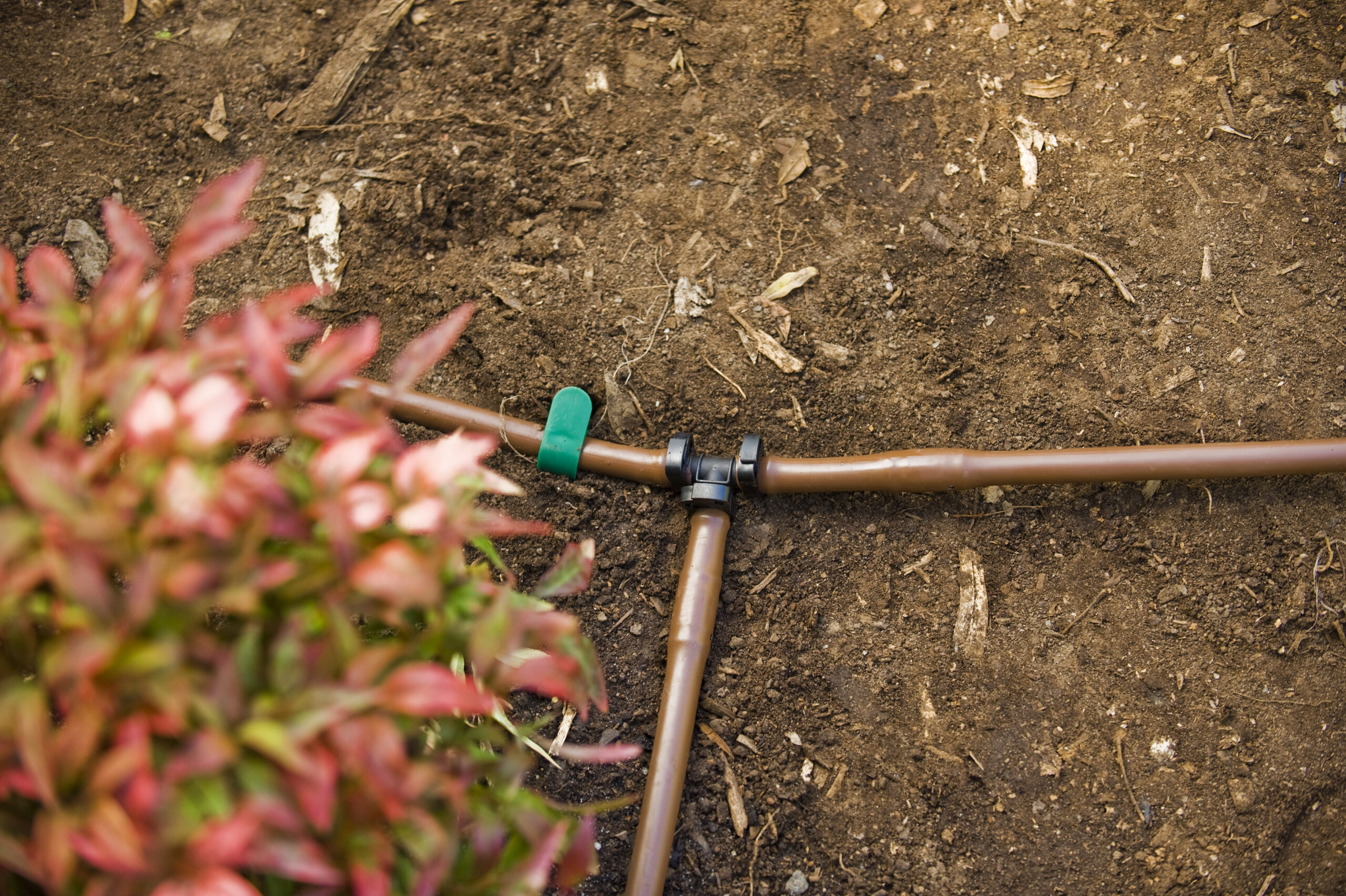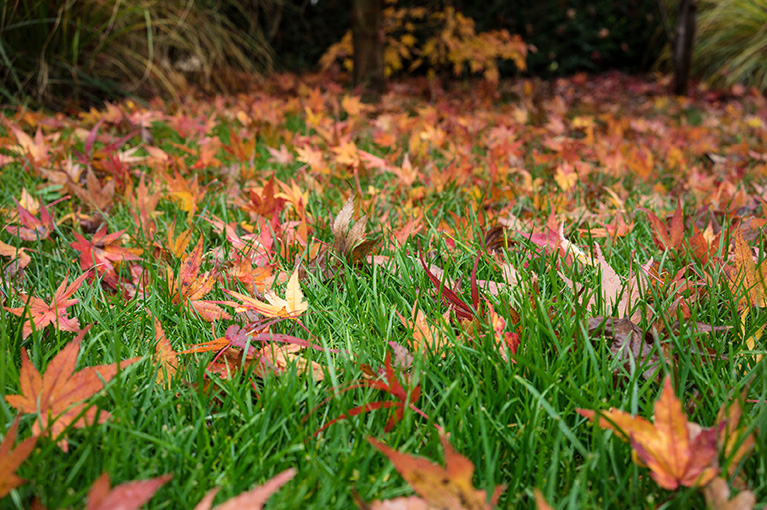Garden pests are the bane of most gardeners. They emerge from hibernation and hatch in the warmer weather, going on to feed on new growth and lay their eggs in a safe spot – like underneath the leaves of a plant. It’s a short cycle of destruction.
But not all garden pests are created equal. So how do you know which bugs are bad and which bugs are beneficial? Here’s what you need to know:
Common types of garden pests
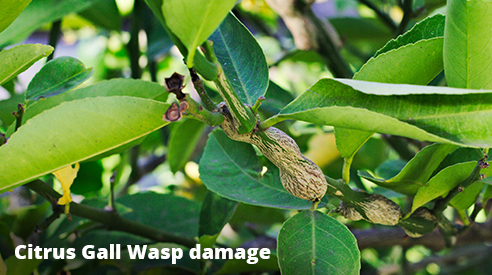
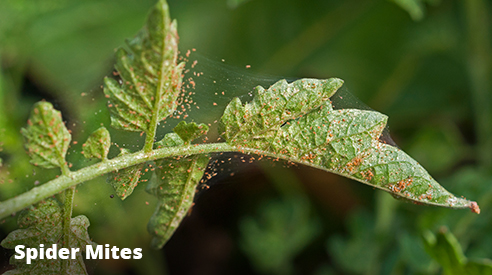


The pests seen most often in Australian gardens include:
- Aphids
- Australian Plague Locust
- Beetles: African Black Beetle, Christmas Beetle, Hibiscus Beetle
- Azalea Lace Bug
- Bronze Orange Bug
- Mealybug
- Butterflies: Cabbage White Butterfly
- Grasshoppers
- Moths: Cabbage Moth, Codling Moth
- Scale insects
- Slaters
- Snails and slugs
- Wasps: Citrus Gall Wasp
- Citrus Leafminer
- European Earwig
- Fruit Fly
- Millipedes
- Psyllids
- Root-knot Nematodes
- Spider Mites
- Thrips
- Tree Borers
- Weevils
- White Curl Grubs
- Whitefly
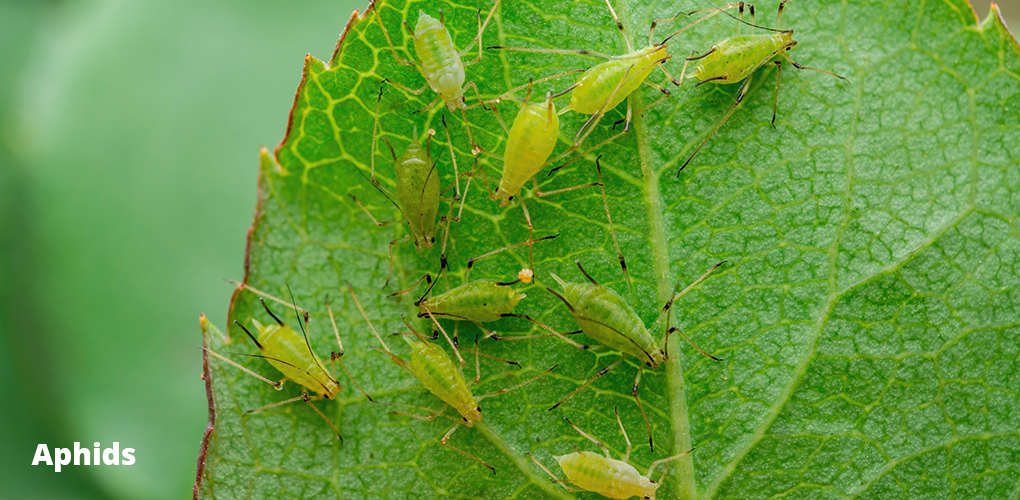
What are aphids?
Aphids are one of the nastiest common plant pests that make your ornamental plants and veggies look unsightly and affect their health. Soft-bodied with legs and wings, aphids crawl along under leaves and in foliage.
Aphids belong to the group of ‘sap suckers’ that feed on the juicy sap of plants. Other baddies include mealybugs and scale. They weaken the plant and can spread disease. Where you find these insects you’re also likely to find ants. Ants farm the bugs, as they produce a sticky substance that the ants use for food.
See more tips on how to prevent sap suckers.
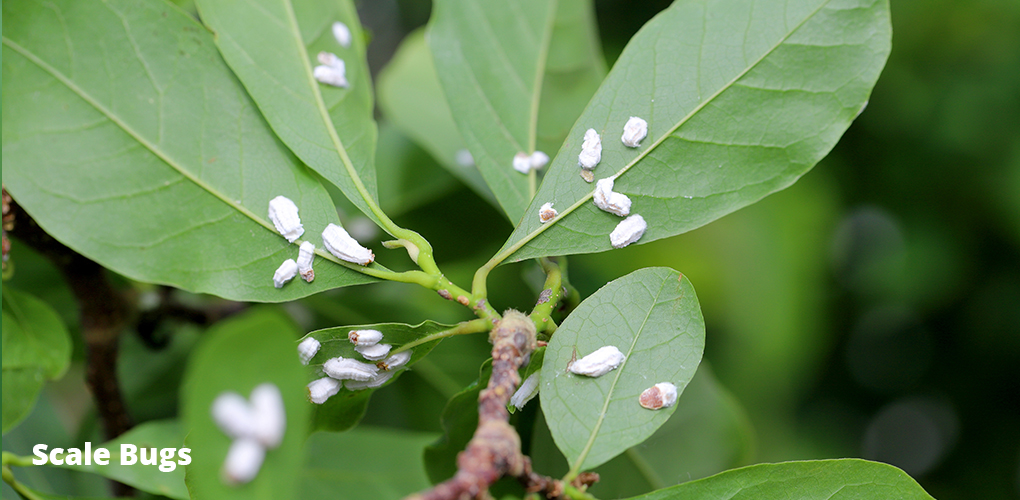
What are scale bugs?
Scale bugs are quite different, as they are flattish and firmly attached to stems. If you scrape them off with your thumb-nail, you’ll notice they’ve damaged the stem of the host plant. Mealy bugs are small white fluffy multi-legged creatures. Basically, they look like trouble!
How to deal with garden pests
It’s tempting to use pesticides to kill these bugs. However, the good bugs that live in your garden – like ladybirds, praying mantis, hover fly and their hatchlings and all sorts of spiders – feast on insect pests. So if you use chemicals to control pests, you’ll also lose all the good garden bugs.
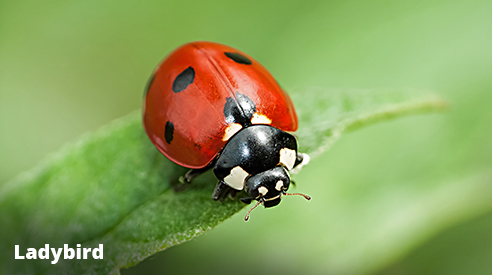
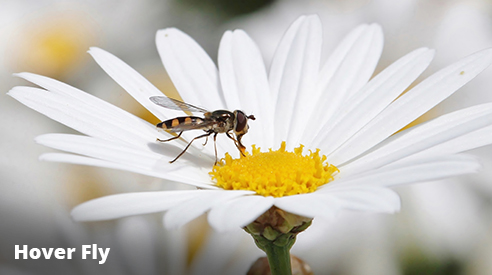


Gardens are an ecosystem, and you can enjoy seeing the natural life cycle of both good and bad bugs.
You can help reduce the impact of bad infestations by using less harmful methods:
- Rub the scale off with your fingernail.
- Spray aphids with a hose, especially where you find heavy infestations under leaves.
- If you have access to ash, fling it onto the underside of infested leaves and bushes. The bugs are smothered and suffocated, and will die.
- Spray a weak detergent solution on branches. This weakens the bugs’ hold on the branches, so they’ll fall off and become the food for beneficial bugs.
- Encourage beneficial bugs by growing lots of flowers – especially simple single flowers like marigolds, calendula, alyssum and many herbs. You may notice a lot of bugs around these flowers. Look closely and you’ll see healthy plants.
- For a bad infestation of scale, white oil can help kill the worst of the infestation so that the ladybirds can clean up the rest.
It’s a good habit to check your garden regularly during the growing season to get a feel for what good and bad bugs you have. You may notice a heavy infestation of aphids for a few days, but then see they’re all gone a few days later.
Remember that not all bugs are bad. Get to know what you have and celebrate how amazing nature can be.
You can read more tips on how to deal with bugs on plants.
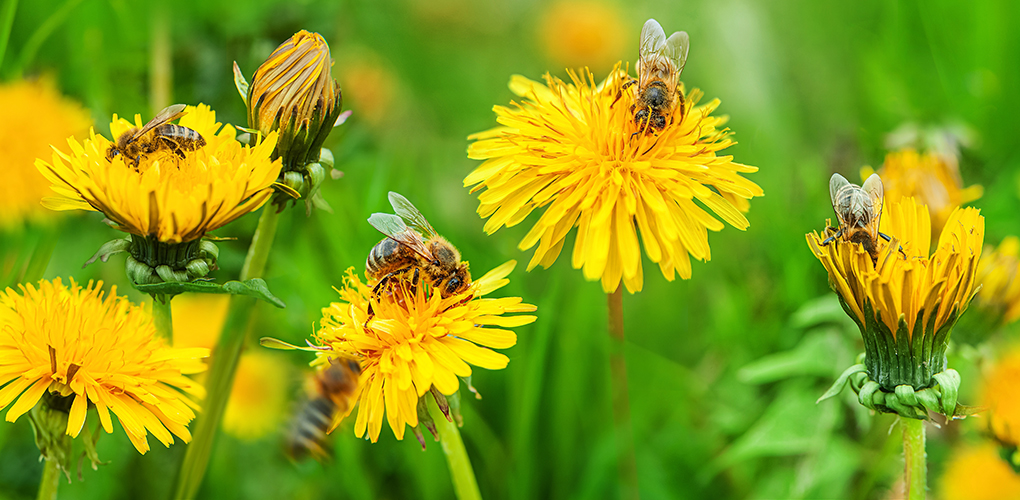

Pope’s DIY tip
Grow flowers and herbs to encourage good bugs to your garden.
Get more ideas & advice here or check out our Pope Projects




The pests seen most often in Australian gardens include:
- Aphids
- Australian Plague Locust
- Beetles: African Black Beetle, Christmas Beetle, Hibiscus Beetle
- Azalea Lace Bug
- Bronze Orange Bug
- Mealybug
- Butterflies: Cabbage White Butterfly
- Grasshoppers
- Moths: Cabbage Moth, Codling Moth
- Scale insects
- Slaters
- Snails and slugs
- Wasps: Citrus Gall Wasp
- Citrus Leafminer
- European Earwig
- Fruit Fly
- Millipedes
- Psyllids
- Root-knot Nematodes
- Spider Mites
- Thrips
- Tree Borers
- Weevils
- White Curl Grubs
- Whitefly

Aphids are one of the nastiest common plant pests that make your ornamental plants and veggies look unsightly and affect their health. Soft-bodied with legs and wings, aphids crawl along under leaves and in foliage.
Aphids belong to the group of ‘sap suckers’ that feed on the juicy sap of plants. Other baddies include mealybugs and scale. They weaken the plant and can spread disease. Where you find these insects you’re also likely to find ants. Ants farm the bugs, as they produce a sticky substance that the ants use for food.
See more tips on how to prevent sap suckers.

What are scale bugs?
Scale bugs are quite different, as they are flattish and firmly attached to stems. If you scrape them off with your thumb-nail, you’ll notice they’ve damaged the stem of the host plant. Mealy bugs are small white fluffy multi-legged creatures. Basically, they look like trouble!
How to deal with garden pests
It’s tempting to use pesticides to kill these bugs. However, the good bugs that live in your garden – like ladybirds, praying mantis, hover fly and their hatchlings and all sorts of spiders – feast on insect pests. So if you use chemicals to control pests, you’ll also lose all the good garden bugs.




Gardens are an ecosystem, and you can enjoy seeing the natural life cycle of both good and bad bugs.
You can help reduce the impact of bad infestations by using less harmful methods:
- Rub the scale off with your fingernail.
- Spray aphids with a hose, especially where you find heavy infestations under leaves.
- If you have access to ash, fling it onto the underside of infested leaves and bushes. The bugs are smothered and suffocated, and will die.
- Spray a weak detergent solution on branches. This weakens the bugs’ hold on the branches, so they’ll fall off and become the food for beneficial bugs.
- Encourage beneficial bugs by growing lots of flowers – especially simple single flowers like marigolds, calendula, alyssum and many herbs. You may notice a lot of bugs around these flowers. Look closely and you’ll see healthy plants.
- For a bad infestation of scale, white oil can help kill the worst of the infestation so that the ladybirds can clean up the rest.
It’s a good habit to check your garden regularly during the growing season to get a feel for what good and bad bugs you have. You may notice a heavy infestation of aphids for a few days, but then see they’re all gone a few days later.
Remember that not all bugs are bad. Get to know what you have and celebrate how amazing nature can be.
You can read more tips on how to deal with bugs on plants.


Pope’s DIY tip
Grow flowers and herbs to encourage good bugs to your garden.
Get more ideas & advice here or check out our Pope Projects
Scale bugs are quite different, as they are flattish and firmly attached to stems. If you scrape them off with your thumb-nail, you’ll notice they’ve damaged the stem of the host plant. Mealy bugs are small white fluffy multi-legged creatures. Basically, they look like trouble!
It’s tempting to use pesticides to kill these bugs. However, the good bugs that live in your garden – like ladybirds, praying mantis, hover fly and their hatchlings and all sorts of spiders – feast on insect pests. So if you use chemicals to control pests, you’ll also lose all the good garden bugs.




Gardens are an ecosystem, and you can enjoy seeing the natural life cycle of both good and bad bugs.
You can help reduce the impact of bad infestations by using less harmful methods:
- Rub the scale off with your fingernail.
- Spray aphids with a hose, especially where you find heavy infestations under leaves.
- If you have access to ash, fling it onto the underside of infested leaves and bushes. The bugs are smothered and suffocated, and will die.
- Spray a weak detergent solution on branches. This weakens the bugs’ hold on the branches, so they’ll fall off and become the food for beneficial bugs.
- Encourage beneficial bugs by growing lots of flowers – especially simple single flowers like marigolds, calendula, alyssum and many herbs. You may notice a lot of bugs around these flowers. Look closely and you’ll see healthy plants.
- For a bad infestation of scale, white oil can help kill the worst of the infestation so that the ladybirds can clean up the rest.
It’s a good habit to check your garden regularly during the growing season to get a feel for what good and bad bugs you have. You may notice a heavy infestation of aphids for a few days, but then see they’re all gone a few days later.
Remember that not all bugs are bad. Get to know what you have and celebrate how amazing nature can be.
You can read more tips on how to deal with bugs on plants.


Pope’s DIY tip
Grow flowers and herbs to encourage good bugs to your garden.
Get more ideas & advice here or check out our Pope Projects








